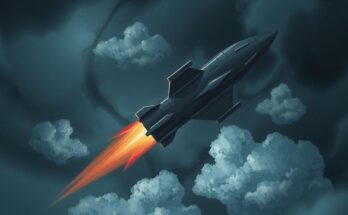M-23 rebels, backed by Rwanda, have seized Goma, a key city in Eastern Congo, marking a significant escalation in conflict. The Congolese government attributes Rwanda’s actions to a direct attack, while the U.S. and France recognize the city’s capture. This event highlights ongoing regional instability and complex tensions between national and foreign stakeholders.
On January 27, the M-23 militia, reportedly supported by Rwanda, captured Goma, an essential city in the eastern region of the Democratic Republic of Congo. This event marks a notable escalation in the ongoing conflict, as M-23 had previously occupied Goma in 2012 but had remained largely inactive since. The rebels proclaimed Goma’s “liberation” and insisted that Congolese soldiers surrender their weapons to the United Nations. The United States and France have acknowledged this shift in control, while the Congolese government has accused Rwanda of engaging directly in hostilities, labeling it a “declaration of war.”
The conflict in Eastern Congo is deeply rooted in historical grievances and geopolitical tensions, particularly involving neighboring nations such as Rwanda. The M-23 group, which emerged from previous conflicts, has previously seized territories, and its resurgence indicates a troubling trend of instability in the region. The ongoing tensions are exacerbated by accusations of foreign interference and complex ethnic dynamics, which have resulted in significant humanitarian challenges.
The recent capture of Goma by M-23 rebels underscores the fragility of peace in Eastern Congo. Accusations against Rwanda for its involvement highlight the intricate web of regional politics and the urgent need for resolution. As the international community observes, the situation calls for immediate and coordinated diplomatic efforts to address the underlying issues fueling the conflict.
Original Source: m.economictimes.com




